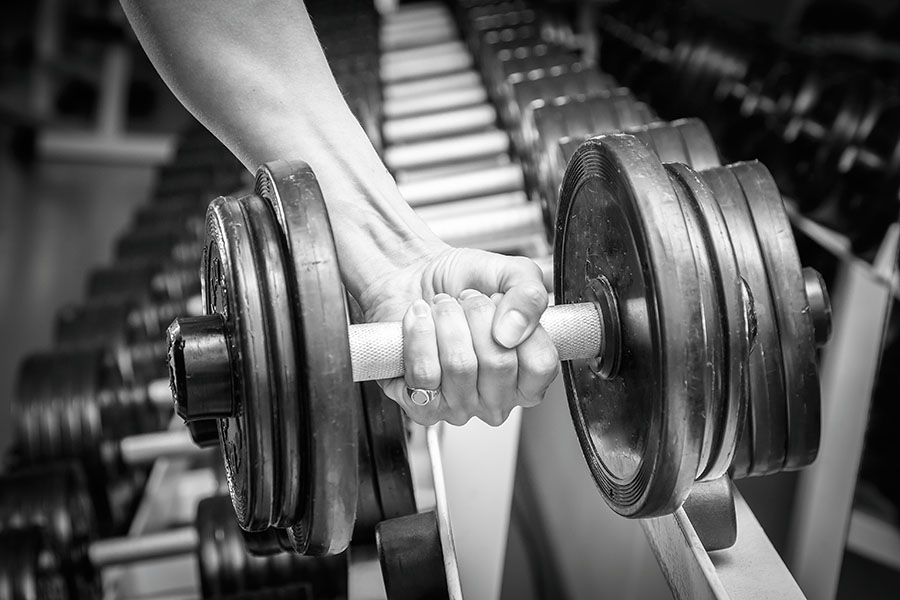
Staying in shape: It's not that difficult
Engage in activities that challenge physical and muscular strength to stay toned
 Image: Alexander Lukatskiy / Shutterstock
Image: Alexander Lukatskiy / Shutterstock
What do we first think of doing when we realise we are not fit? We start eating less and exercising more. But have you wondered why we can’t sustain weight loss for long, and why is it easy to maintain our weight when we are young? Time and again it has been proven that ‘eat less and work out more’ is not a successful strategy for maintaining a toned body.
While weight is a valid factor to measure the success of a ‘get-back-in-shape’ intervention, it is not a decisive one. It’s important to know that when body tissues associated with shape—such as skeletal tissues—grow, we start looking more ‘in shape’. It is only when shapeless tissues (fat) grow that we add inches to our girth. Evidence from scientific studies that tested the ‘eat less and work out more’ strategy suggests that although participants lost weight quickly, they were unable to sustain it in the long run.
So, how did we remain toned so effortlessly in our childhood and adolescence? It not only depends on the food consumption habits and physical activity, but also on the body’s biochemistry. When we are young, our bodies not only expend energy to fuel organs and muscles—which they also do during adulthood—they also expend energy to grow those tissues. This plays a significant role in keeping us in shape. So, the question now is: How to maintain tissue growth even in our adulthood?
To reduce weight, aerobic activities such as running can be appealing. However, weight loss achieved this way cannot be sustained. These activities elevate calorie expenditure for a short period, but soon the metabolic rate returns to its former level and eliminates the effects of exercising. Also, such activities don’t trigger the biochemical reactions that are responsible for improving basal metabolic rate (BMR).

The key to being toned is to engage in activities that challenge our physical and muscular strength. They use anaerobic respiration that burns glucose, challenges the musculo-skeletal system and stimulates growth of lean skeletal tissues. Even 30 minutes of such activities (see box), twice or thrice a week, ensures a biochemical environment that fuels growth of lean tissues, and boosts BMR, leading to burning more calories even while resting.
However, it is critical to know which muscle groups to engage. For instance, a bicep curl engages a small muscle and will not boost metabolism as compared to squats, which engages larger muscles of the thighs and hips. Therefore, exercise selection can ensure a better metabolic advantage by improving BMR for almost 72 hours after a workout.
So, if you are thinking of getting back in shape only by eating less and working out more, remember it will have a short-term effect. Switch to exercises that will burn calories even when you are at rest. A small change in your exercise routine will make a huge difference to your lifestyle.
The writer is founder and CEO of 48 Fitness
(This story appears in the 16 February, 2018 issue of Forbes India. To visit our Archives, click here.)















